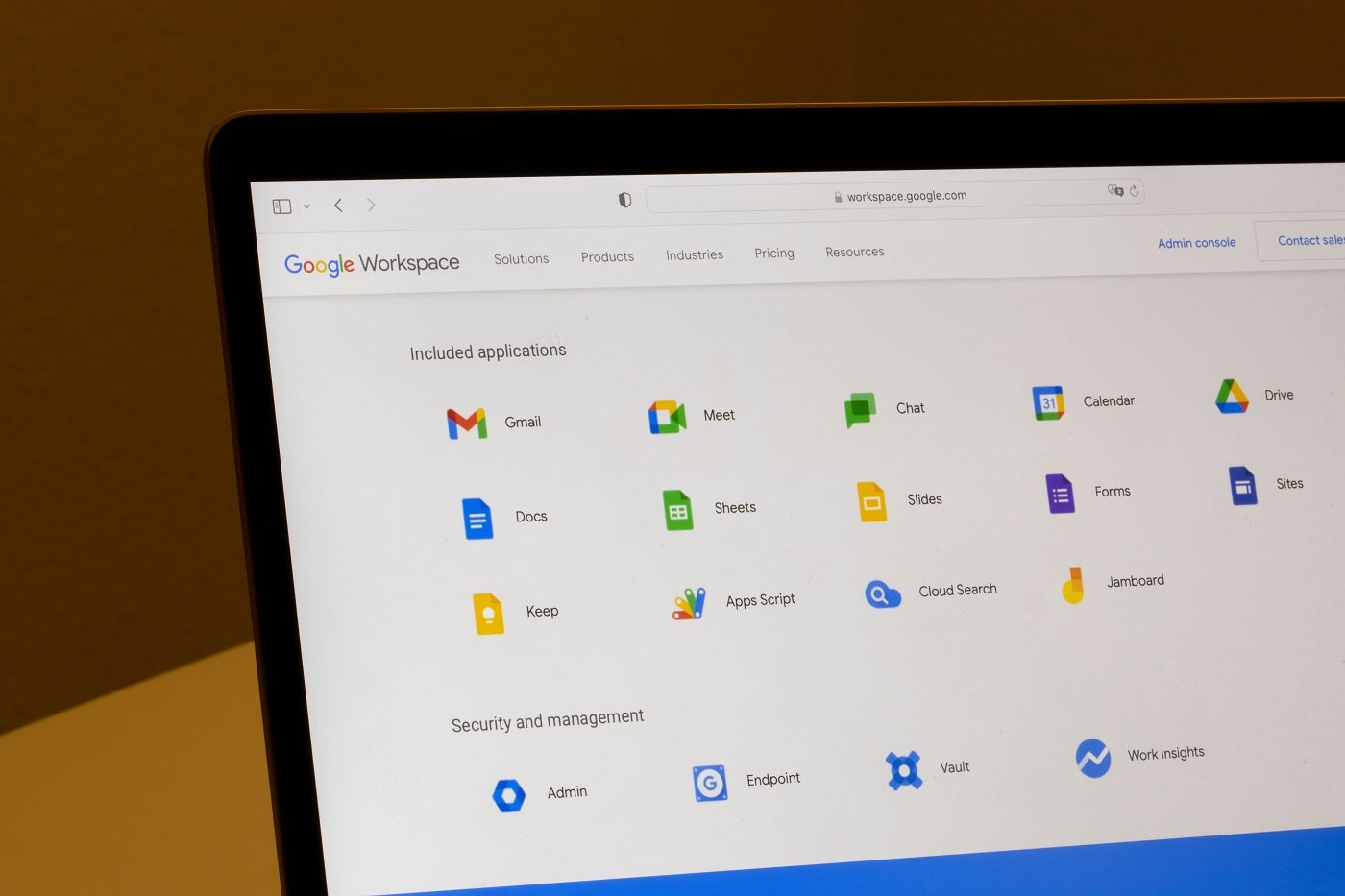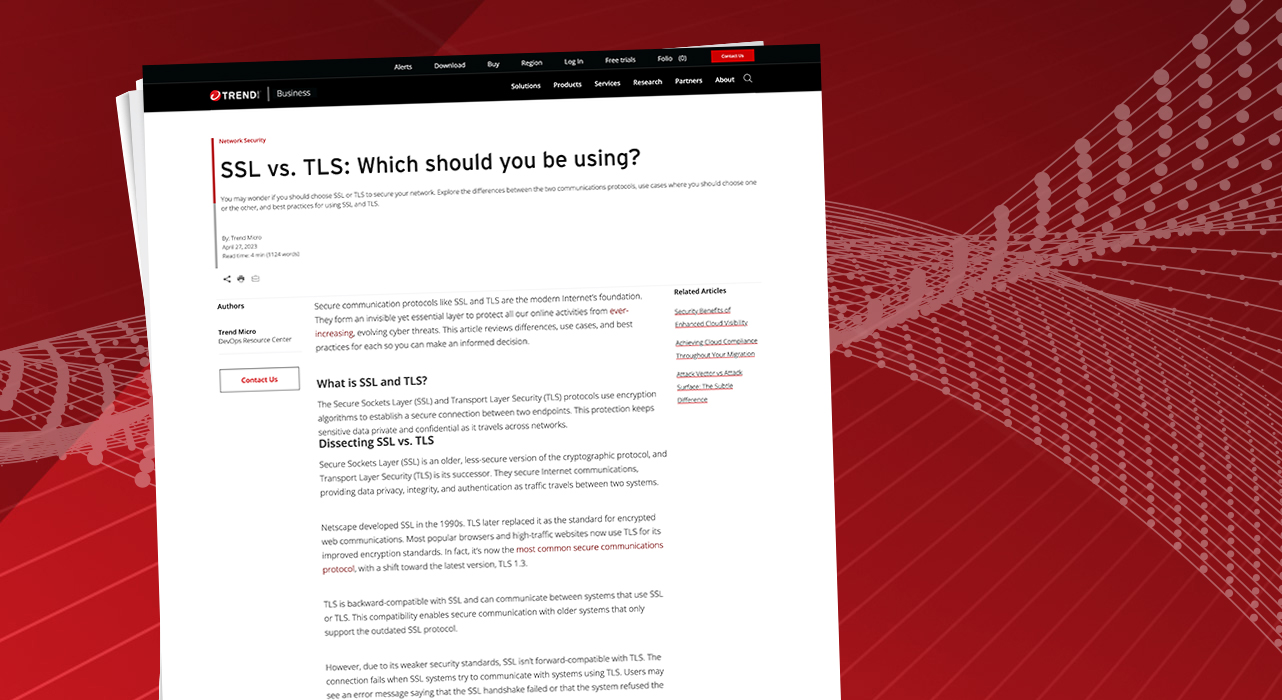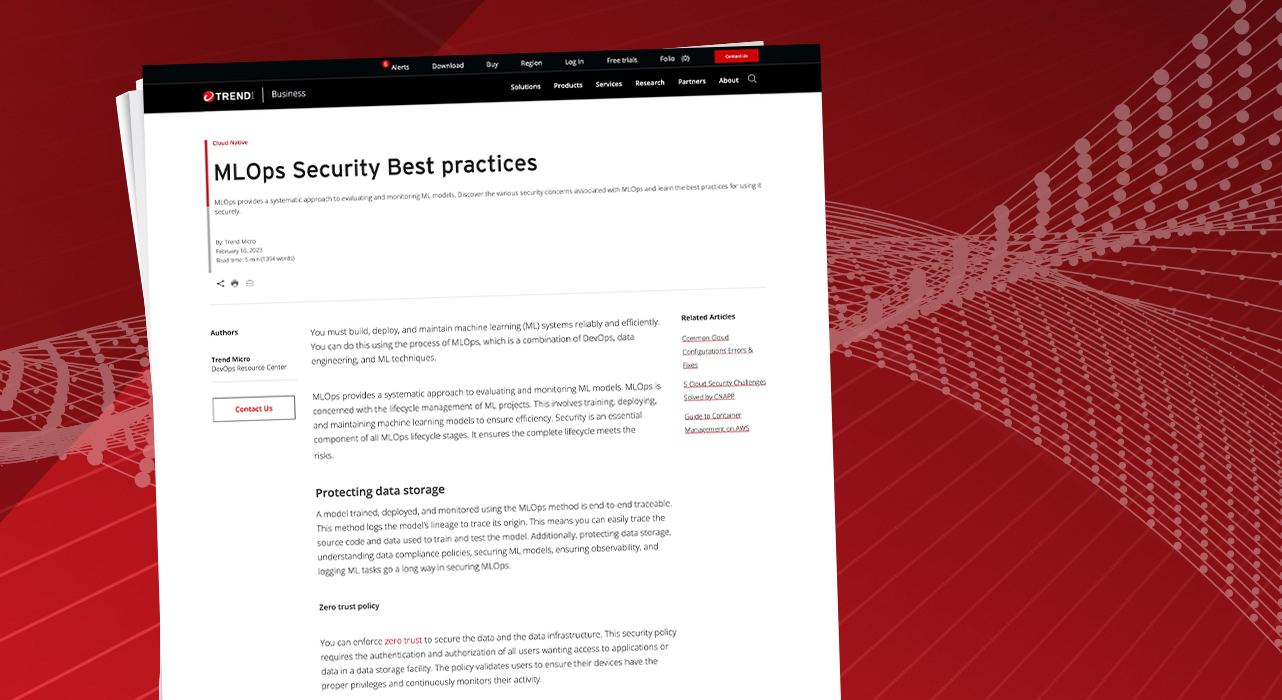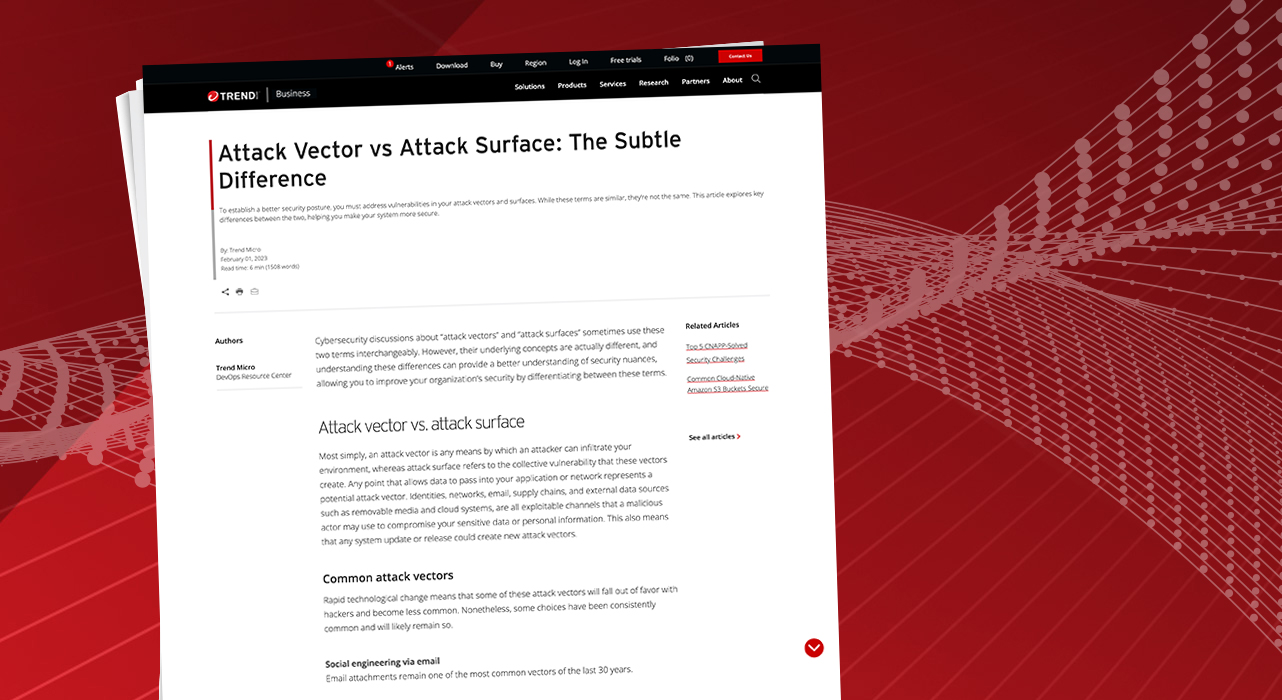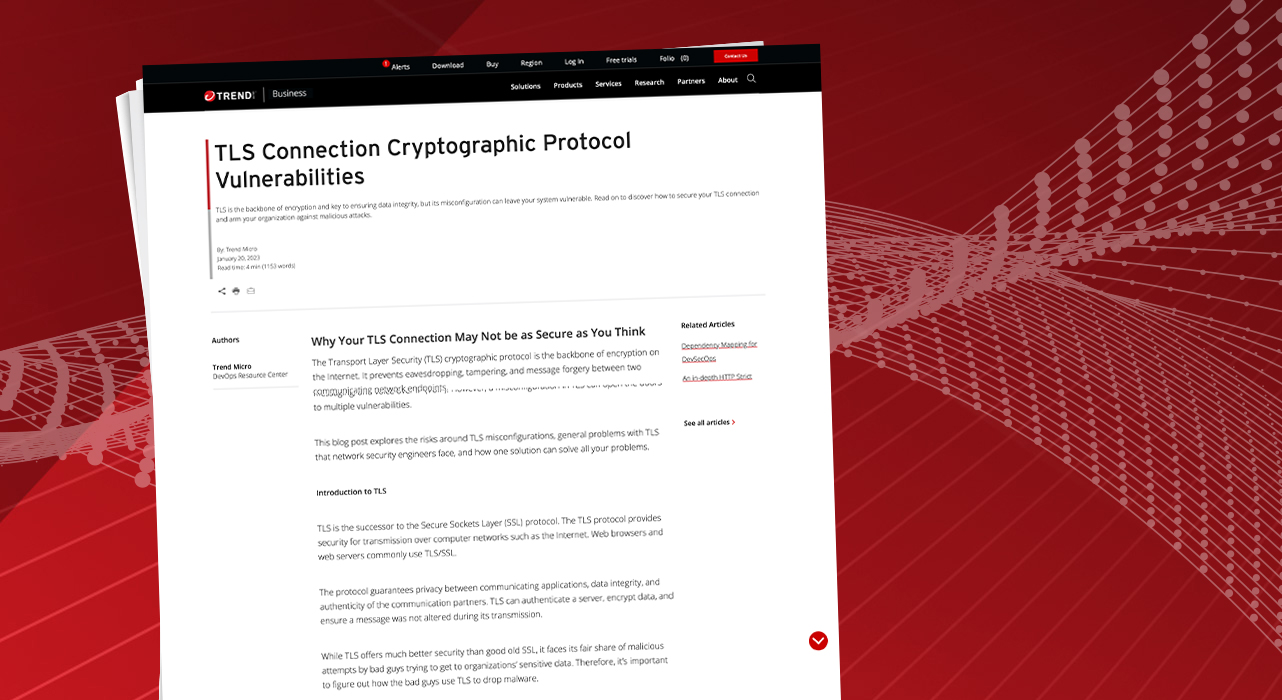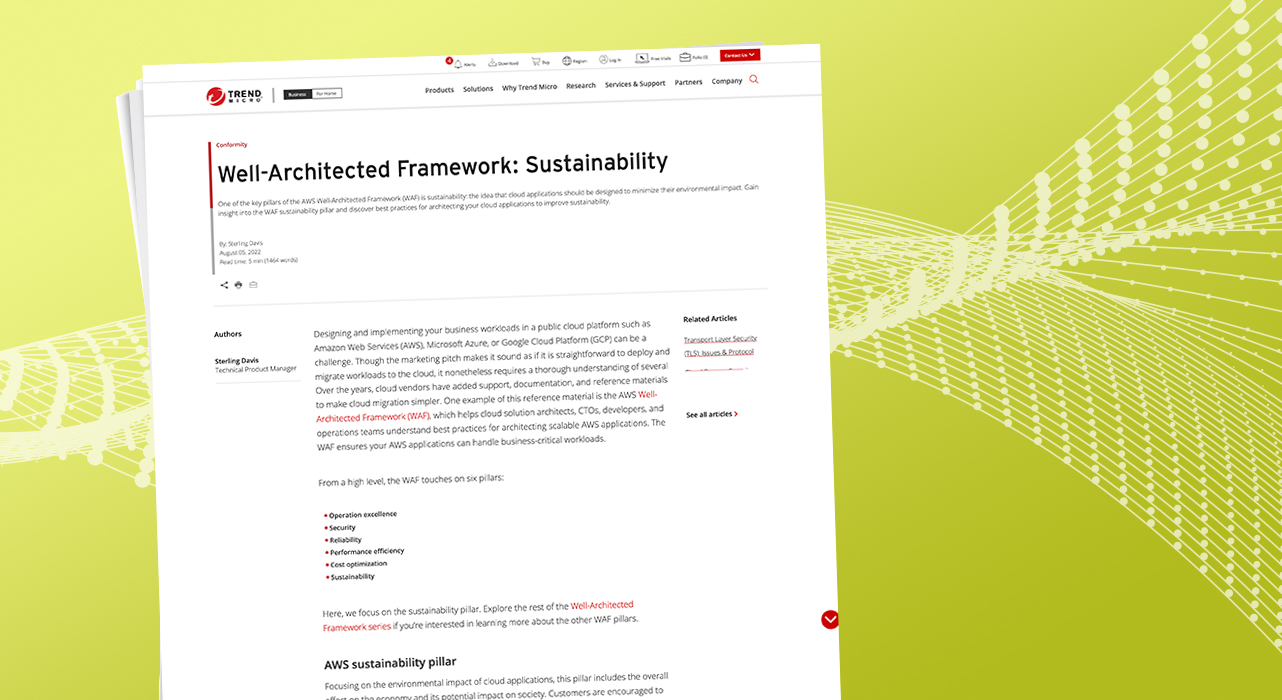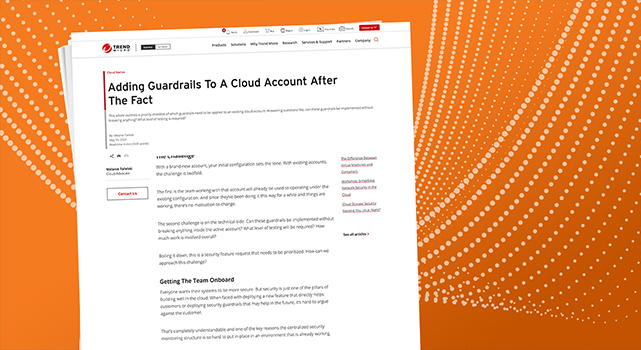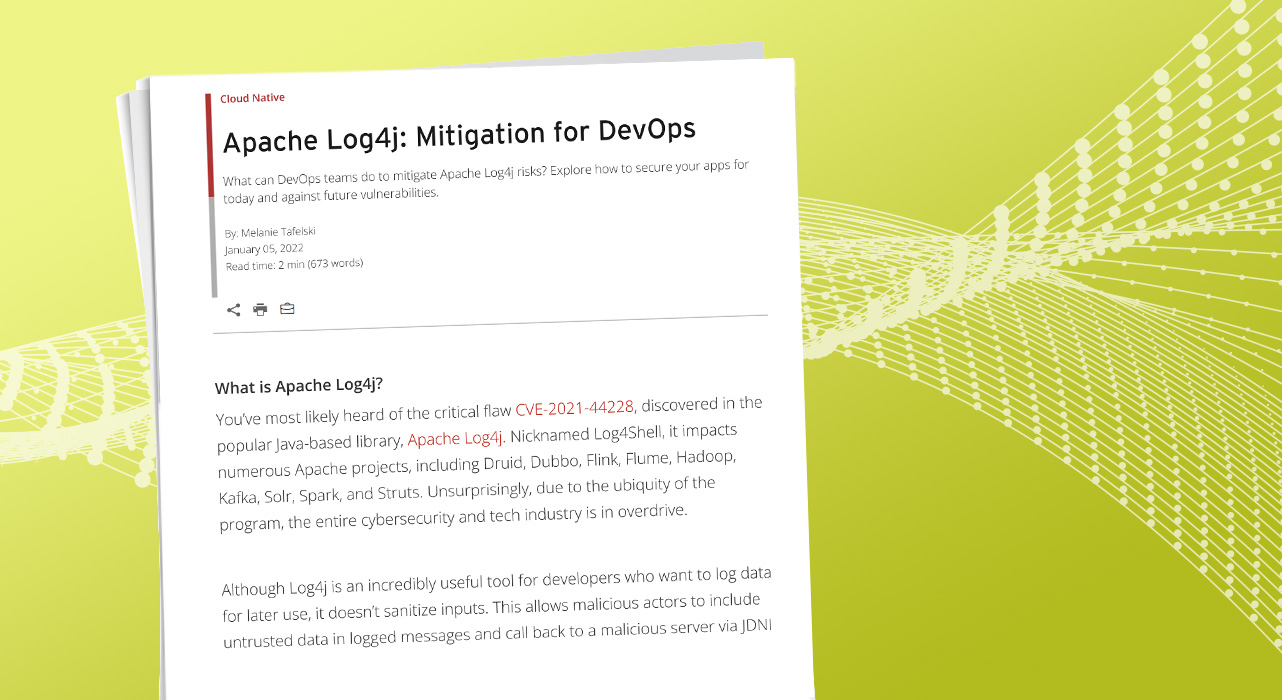- 8 steps to ensure data privacy compliance across borders
- My 6 favorite open-source Android apps from the Google Play store - and why that matters
- The best anti-Prime Day deals 2025 from Best Buy, Walmart, & more: Top sales from Amazon's competition
- I've tested dozens of wearables and the Apple Watch 10 is one of my favorites - here's why
- Paddle Pays $5m to Settle Tech Support Scam Allegations
Google Workspace Security: DeleFriend Vulnerability Could Allow Unwanted Access to APIs
Hunters researchers noted the vulnerability could lead to privilege escalation. Google said the report “does not identify an underlying security issue in our products.” Cybersecurity researchers from the firm Hunters discovered a vulnerability in Google Workspace that could allow unwanted access to Workspace APIs. The flaw is significant in that it could let attackers use privilege escalation to gain access that would otherwise only be available to users with Super Admin access. Hunters named this…
Read More
